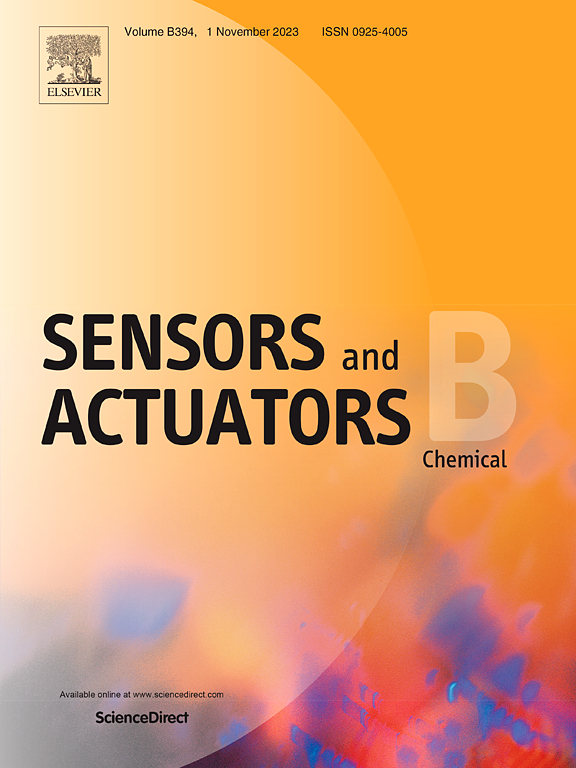基于参数特征的小数据集混合气体监测迁移学习
IF 3.7
1区 化学
Q1 CHEMISTRY, ANALYTICAL
引用次数: 0
摘要
气体监测是气体传感器系统领域的一个重要应用领域。目前,气体监测方法主要依赖于使用机器学习或深度学习算法处理大量高质量数据。虽然由于与数据收集阶段相关的高成本,有时难以实现这种高质量和大量的数据。为此,本文提出了一种基于参数特征迁移学习的小数据集气体监测新方法。首先,将开发基于深度学习的源模型,该模型将使用经过数据增强的大型数据集进行参数训练。然后,采用参数-特征迁移学习方法将模型参数转移到小数据集的目标域,用于混合气体的检测和识别。在结合长短期记忆网络的卷积神经网络上进行了实验,结果表明,与传统的实验程序相比,所需的数据量分别减少了96.5%和76.1%。此外,所建立的模型在不同的气体监测任务中均能实现精度分别为96.3%和99.6%的鲁棒浓度预测。本文章由计算机程序翻译,如有差异,请以英文原文为准。
The parameter-feature-based transfer learning for mixed gas monitoring under small datasets
Gas monitoring is an important application in the field of gas sensor systems. Currently, gas monitoring methods primarily rely on processing large amounts of high-quality data using machine learning or deep learning algorithms. While this high quality and large quantity of data are sometimes hard to achieve due to the high costs associated with the data collection stage. To this end, a novel gas monitoring method developed for small datasets using parameter-feature-based transfer learning is proposed in this paper. First, a deep learning-based source model will be developed, which will use a large dataset that has undergone data augmentation for parameter training. Then, a parameter-feature transfer learning method will be used to transfer the model parameters to the target domain of the small dataset for mixed gas detection and recognition. Experiments were conducted on a convolutional neural network combined with a long and short-term memory network, and the results showed that the amount of data required was reduced by 96.5 % and 76.1 %, respectively, compared to the traditional experimental procedure. In addition, the developed model was able to achieve robust concentration prediction with accuracies of 96.3 % and 99.6 % in different gas monitoring tasks.
求助全文
通过发布文献求助,成功后即可免费获取论文全文。
去求助
来源期刊

Sensors and Actuators B: Chemical
工程技术-电化学
CiteScore
14.60
自引率
11.90%
发文量
1776
审稿时长
3.2 months
期刊介绍:
Sensors & Actuators, B: Chemical is an international journal focused on the research and development of chemical transducers. It covers chemical sensors and biosensors, chemical actuators, and analytical microsystems. The journal is interdisciplinary, aiming to publish original works showcasing substantial advancements beyond the current state of the art in these fields, with practical applicability to solving meaningful analytical problems. Review articles are accepted by invitation from an Editor of the journal.
 求助内容:
求助内容: 应助结果提醒方式:
应助结果提醒方式:


